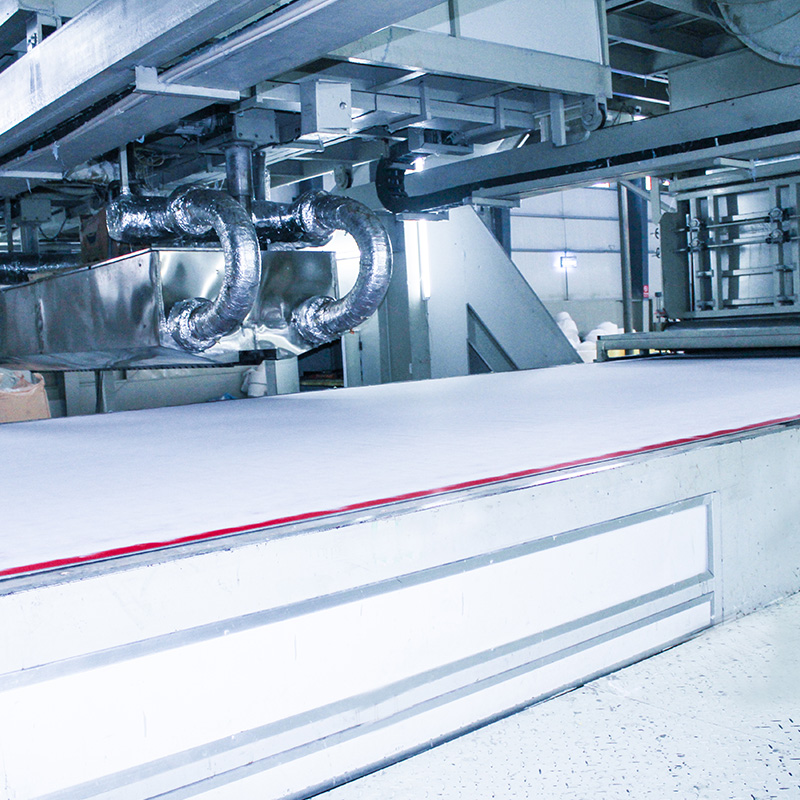Optimizing Machine Speed: Balancing Efficiency and Quality in Melt Blown Nonwoven Production
In the competitive world of nonwoven fabric manufacturing, particularly with melt blown technology, finding the sweet spot between machine speed and product quality is a constant challenge. As manufacturers strive for efficiency, the delicate balance must be struck to ensure that increased speed doesn’t come at the cost of fabric integrity. The melt blown process, which involves the extrusion of molten polymer to form fine fibers, inherently demands precision. Therefore, understanding how to optimize melt blown nonwoven machine speed becomes essential for producers looking to enhance both output and product characteristics.
To begin with, it’s vital to recognize that machine speed directly impacts fiber formation. When the speed is increased, the time available for cooling and solidification decreases. This can lead to inconsistencies in fiber diameter, which is critical for applications such as filtration and medical face masks, where uniformity is paramount. Manufacturers should experiment with various speeds while closely monitoring the resulting fiber diameter and fabric characteristics. A careful balance can often be achieved by adjusting the cooling systems and ensuring that the polymer’s properties, like melt flow index, are well-suited to the desired production speed. For instance, a polymer with a higher melt flow index may allow for faster processing without compromising fiber quality.
Moreover, fine-tuning the machine's parameters can yield significant improvements in both efficiency and quality. Factors such as temperature control during extrusion, airflow rates in the cooling phase, and the design of the die can all be adjusted to optimize performance. Incorporating real-time monitoring systems can help operators quickly identify when deviations occur, allowing for rapid adjustments to maintain product quality. Implementing a robust quality control process that includes sampling and testing can provide immediate feedback on the effects of speed changes, ensuring that any issues can be addressed promptly.

Another important consideration is the type of applications for the melt blown fabric. Different end uses—like sound insulation in vehicles versus medical masks—will have varied requirements regarding weight, filtration efficiency, and softness. Therefore, understanding the specific demands of the market can help manufacturers determine the ideal speed settings for their particular production runs. Engaging with clients to gain insights into their needs can drive innovations in speed optimization, ensuring that the product meets or exceeds expectations.
Training operators is equally critical. An informed and skilled team can make a significant difference in how effectively a machine operates at varying speeds. Continuous education on the latest advancements in melt blown technology and operational best practices empowers operators to make better decisions on the fly, enhancing both productivity and quality. By fostering a culture of continuous improvement and adaptability, companies can stay ahead in an ever-evolving market.
Optimizing machine speed in melt blown nonwoven production is a multifaceted endeavor that requires attention to detail, adaptability, and a keen understanding of both the technology and market demands. By balancing efficiency with quality through methodical experimentation, thorough training, and real-time monitoring, manufacturers can not only enhance their production capabilities but also ensure their products stand out in a crowded marketplace. In this way, the journey to optimize machine speed becomes not just about increasing numbers but about achieving excellence in every fabric produced.







 English
English 中文简体
中文简体 русский
русский عربى
عربى





